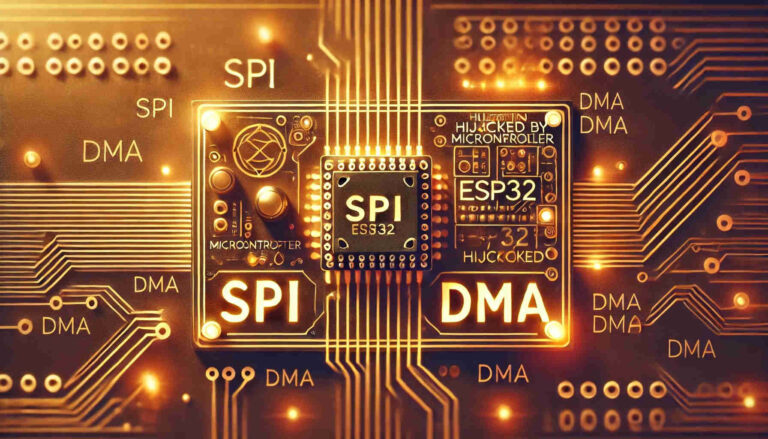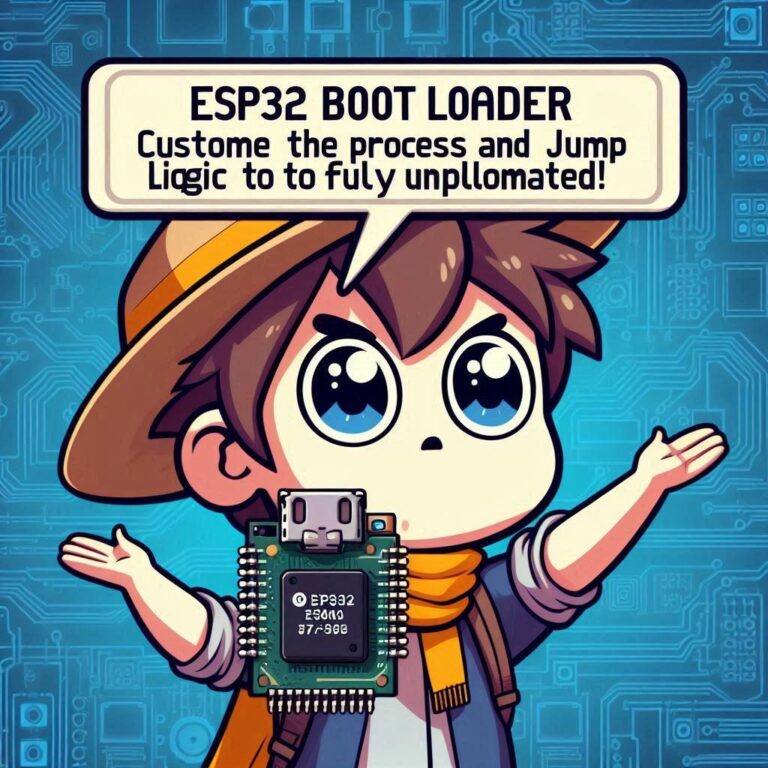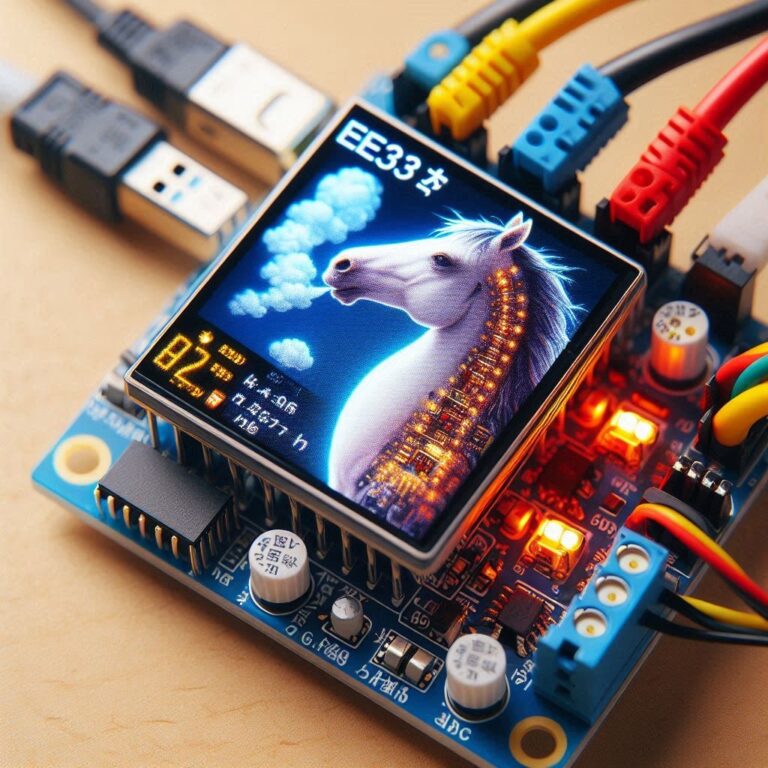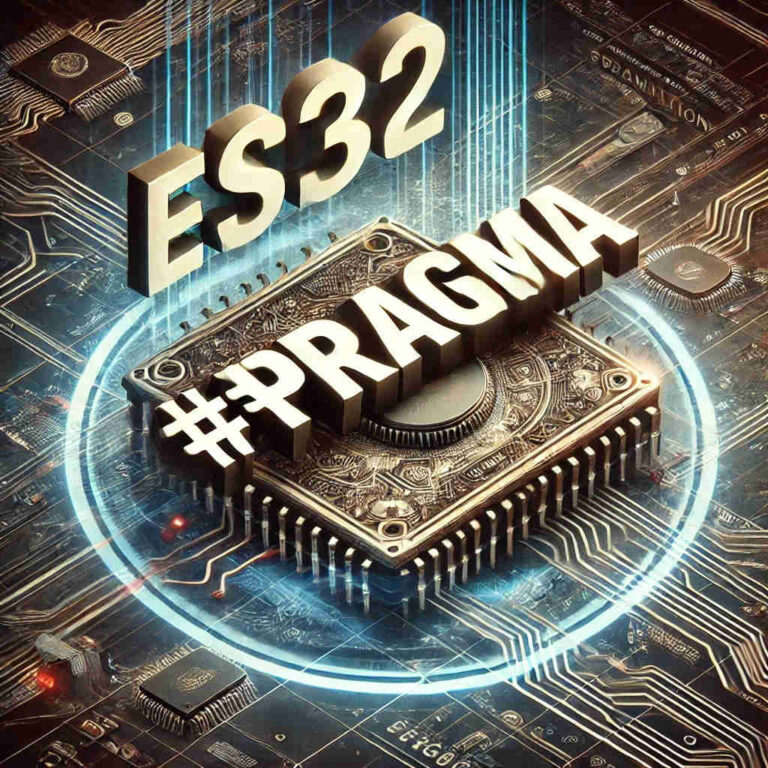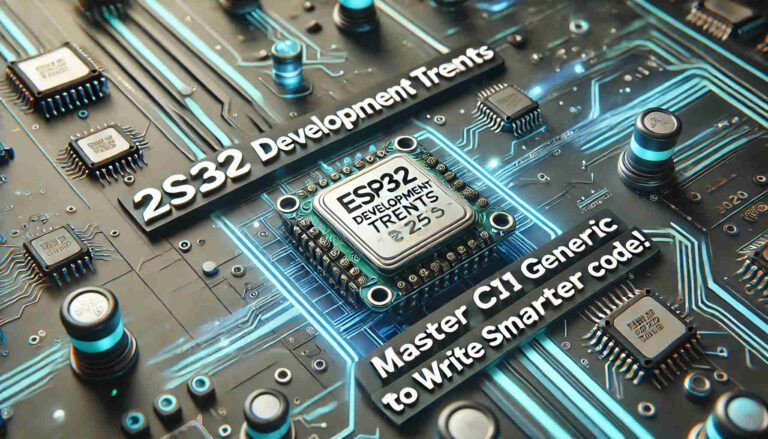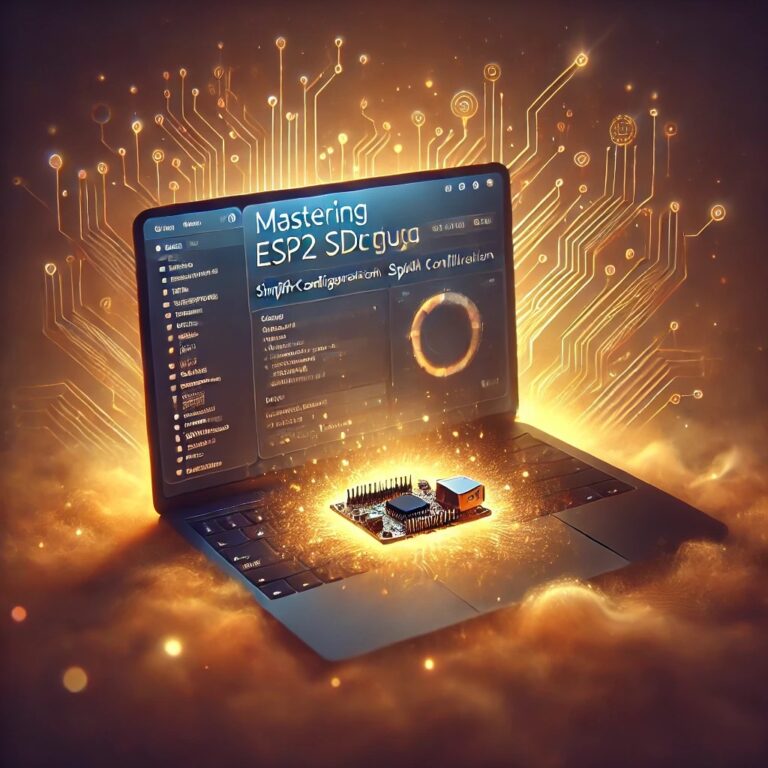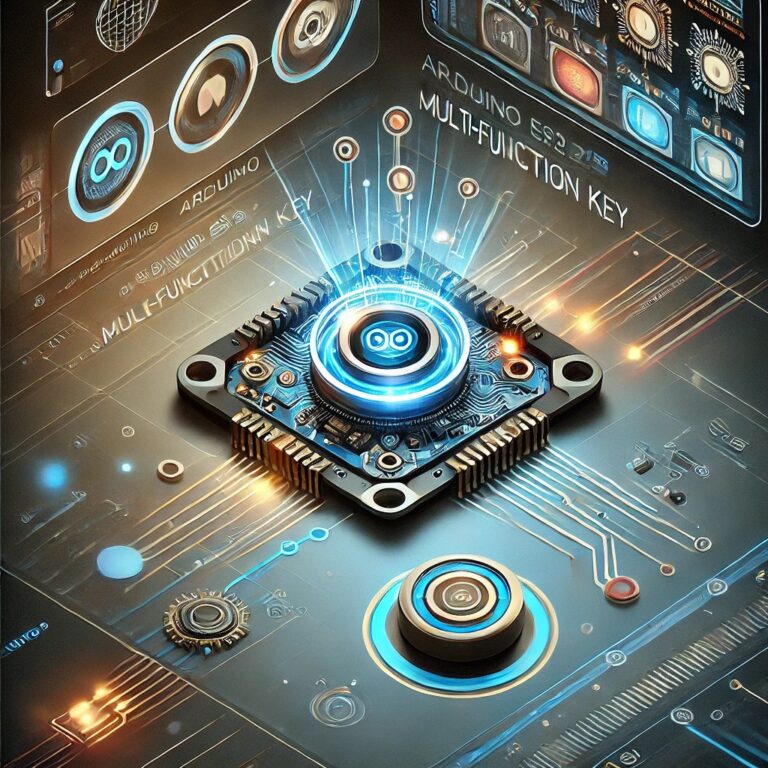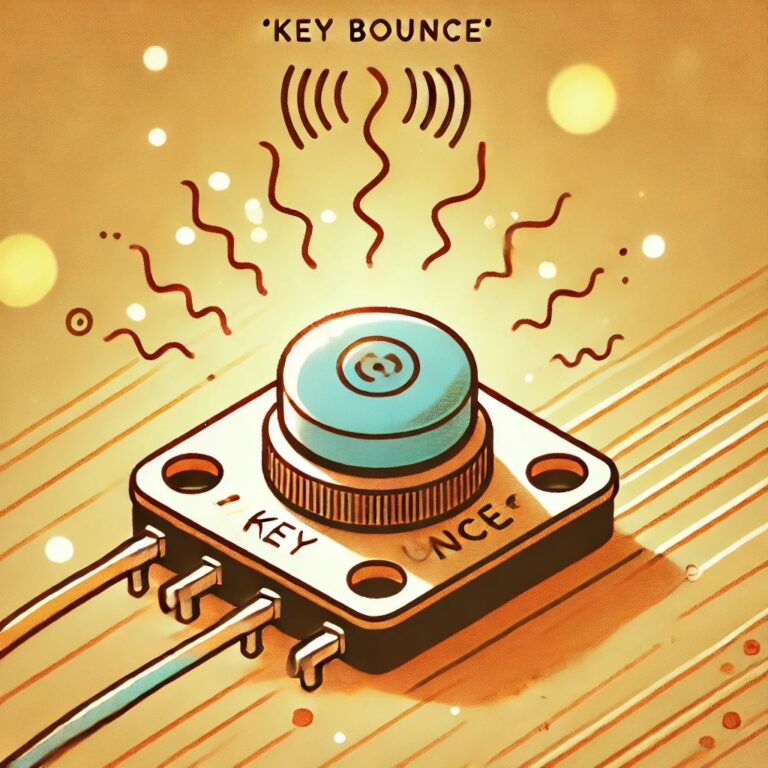Exploring Raspberry Pi Zero 2 W | A Compact yet Powerful Microcomputer
In the world of single-board computers, the Raspberry Pi family has long been celebrated for its affordability and versatility. The Raspberry Pi Zero series stands out for its compact design and low cost, making it highly popular among developers and makers. The Raspberry Pi Zero 2 W, launched in 2021, retains the portability of the Zero series while offering a significant boost in performance. This article takes a closer look at the Zero 2 W’s features, applications, and how it’s an ideal choice for micro-project development.
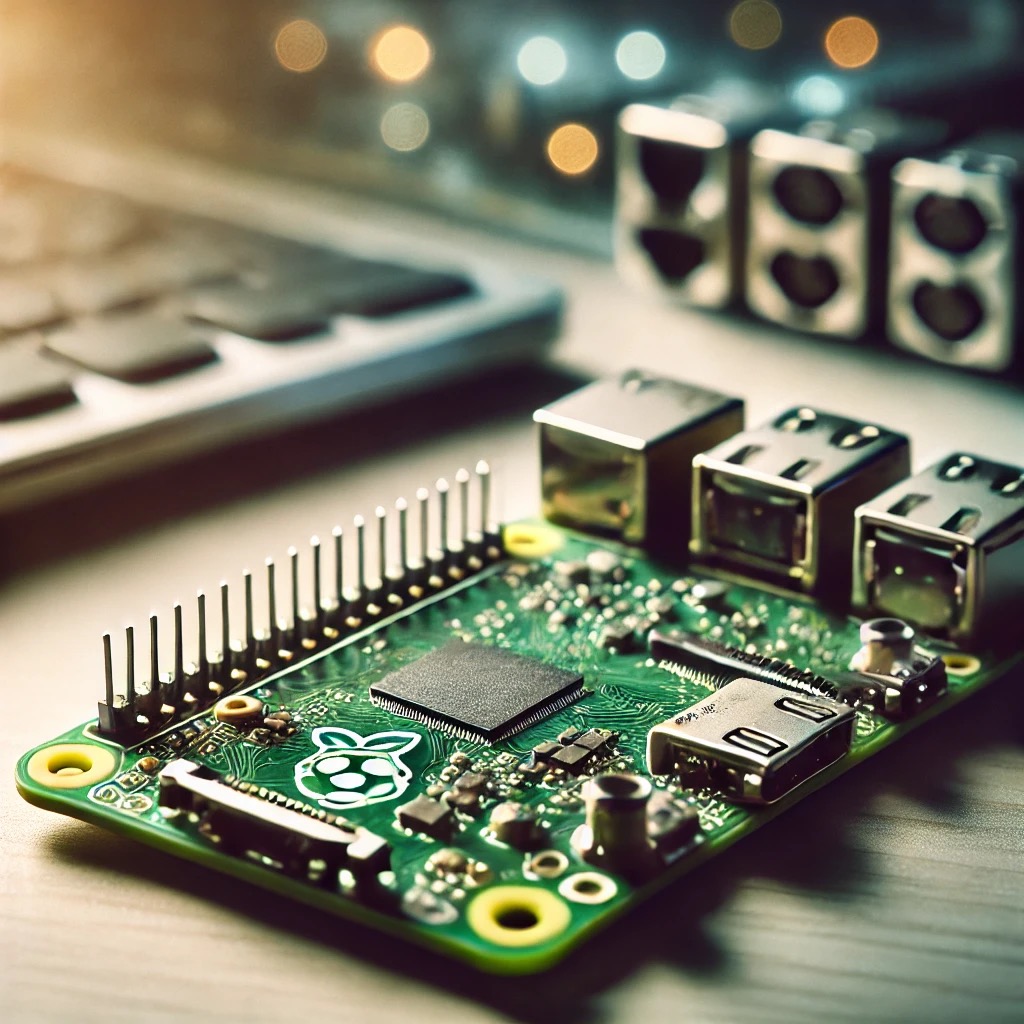
Contents
Hardware Specifications and Features
The Raspberry Pi Zero 2 W is no bigger than a USB flash drive, yet it’s powered by a quad-core processor, providing a substantial performance upgrade. Here are some of the core specifications:
- Processor: Powered by a Broadcom BCM2710A1 Cortex-A53 quad-core 64-bit CPU, clocked at 1 GHz, similar to the Raspberry Pi 3.
- Memory: 512MB LPDDR2 SDRAM.
- Wireless Connectivity: Built-in 2.4GHz IEEE 802.11 b/g/n Wi-Fi and Bluetooth 4.2.
- Ports: Includes mini HDMI, USB OTG, Micro USB for power, and a 40-pin GPIO header.
- Additional Features: Supports the CSI-2 camera interface and is compatible with HAT (Hardware Attached on Top) extension modules.
Compared to the first-generation Zero series, the Zero 2 W offers up to five times the performance, making it capable of handling more complex tasks, such as image processing, lightweight machine learning models, and simple web servers.
Raspberry Pi Zero 2 W GPIO Pinout
The GPIO pinout on the Raspberry Pi Zero 2 W is almost identical to other Raspberry Pi models with a 40-pin interface. Below is a simplified pinout diagram:
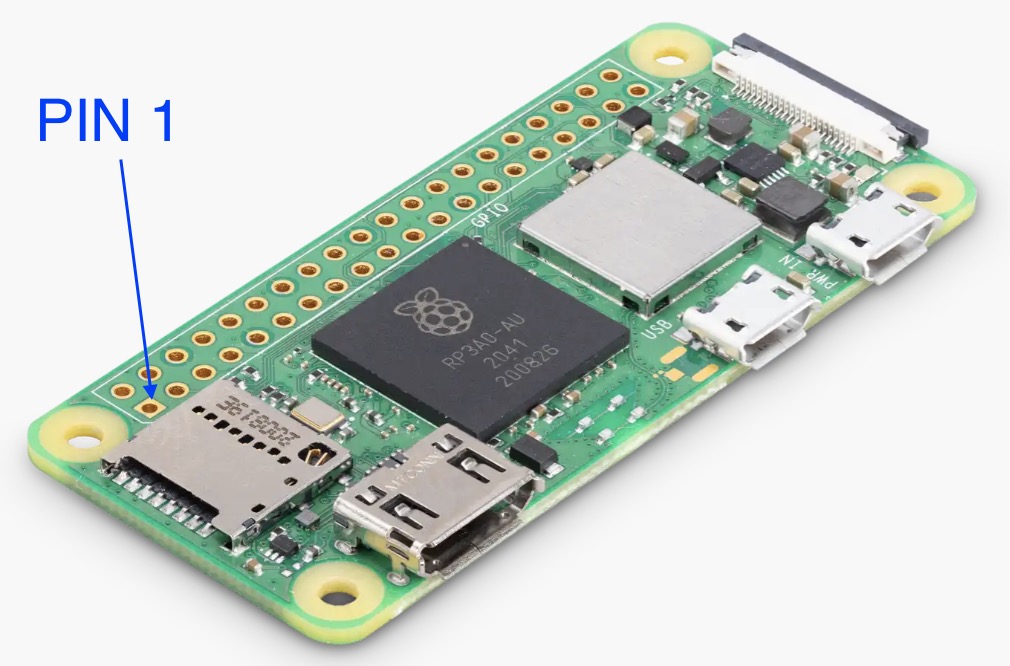
| Pin | Name | Pin | Name |
|---|---|---|---|
| 1 | 3.3V | 2 | 5V |
| 3 | GPIO2 (SDA1) | 4 | 5V |
| 5 | GPIO3 (SCL1) | 6 | GND |
| 7 | GPIO4 | 8 | GPIO14 (TXD) |
| 9 | GND | 10 | GPIO15 (RXD) |
| 11 | GPIO17 | 12 | GPIO18 |
| 13 | GPIO27 | 14 | GND |
| 15 | GPIO22 | 16 | GPIO23 |
| 17 | 3.3V | 18 | GPIO24 |
| 19 | GPIO10 (MOSI) | 20 | GND |
| 21 | GPIO9 (MISO) | 22 | GPIO25 |
| 23 | GPIO11 (SCLK) | 24 | GPIO8 (CE0) |
| 25 | GND | 26 | GPIO7 (CE1) |
| 27 | ID_SD | 28 | ID_SC |
| 29 | GPIO5 | 30 | GND |
| 31 | GPIO6 | 32 | GPIO12 |
| 33 | GPIO13 | 34 | GND |
| 35 | GPIO19 | 36 | GPIO16 |
| 37 | GPIO26 | 38 | GPIO20 |
| 39 | GND | 40 | GPIO21 |
GPIO Pin Descriptions
- Power Pins: The 5V and 3.3V pins provide power and are located on pins 2, 4, and 17.
- Ground (GND) Pins: A total of 8 ground pins, including pins 6, 9, 14, and 20.
- I2C (GPIO2 – SDA1, GPIO3 – SCL1): Allows data exchange with I2C-compatible devices, such as temperature or humidity sensors.
- SPI (GPIO10 – MOSI, GPIO9 – MISO, GPIO11 – SCLK, GPIO8 – CE0, GPIO7 – CE1): Used for efficient data transfer, ideal for connecting devices like ADCs or display modules.
- UART (GPIO14 – TXD, GPIO15 – RXD): Suitable for serial communication, such as connecting to GPS modules or serial controllers.
- General GPIO Pins: These support input/output, allowing control of LEDs, reading button inputs, etc.
Application Scenarios for Zero 2 W
- Internet of Things (IoT) Devices: The small size and low power consumption of the Zero 2 W make it an ideal choice for IoT applications. Through its GPIO interface, you can connect various sensors and transmit data using Wi-Fi, suitable for remote monitoring systems or smart home projects.
- Portable Server: Despite its small size, the Raspberry Pi Zero 2 W’s quad-core processor enables it to run a basic web server, VPN server, or even a lightweight game server. Whether for developers’ test environments or personal websites, Zero 2 W can handle it.
- DIY Digital Camera: With the Zero 2 W and a CSI camera module, makers can easily create a surveillance camera or real-time video streaming device. Combined with open-source software like Python and OpenCV, it can even add features like object recognition and face detection.
- DIY Gaming Console: For gaming enthusiasts, the Zero 2 W can serve as a mini RetroPie gaming console, running classic game emulators like NES, SNES, and Game Boy. Its performance can smoothly handle 8-bit and 16-bit games, making it a great choice for DIY retro gaming.
Development Resources and Community Support for Zero 2 W
The Raspberry Pi ecosystem offers rich resources and an active community. Here are some frequently used resources:
- Official Resources: The Raspberry Pi website provides detailed technical documents and tutorials, making it a great starting point for beginners.
- Python Libraries and Sample Code: Libraries such as
RPi.GPIOand Pimoroni Unicorn HAT offer official or third-party code examples, especially for hardware drivers. - Forums and Blogs: Communities like the Raspberry Pi Forum are filled with projects and tutorials from creators, helping newcomers quickly get started.
Conclusion
The Raspberry Pi Zero 2 W offers an array of GPIO capabilities and powerful quad-core processing, making it a flexible and capable platform for makers and developers alike. Whether you’re building IoT devices, creating interactive electronics projects, or learning to program, the small form factor and GPIO functionality of Zero 2 W open up endless possibilities. We hope this article gives you a better understanding of the Raspberry Pi Zero 2 W and inspires your creative ideas!

